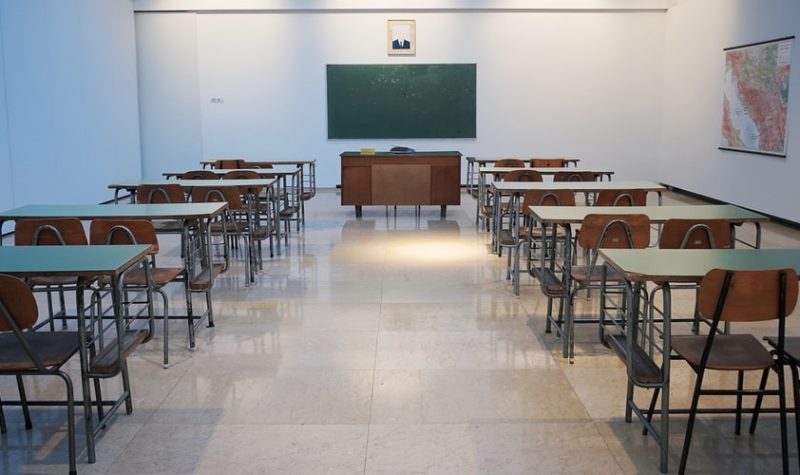Immigrants have been at a higher risk of contracting COVID-19 throughout the pandemic compared to the general population. This has been no exception when it comes to students from immigrant families, coping in the classroom.
Vickita Bhatt, a middle school teacher in the Peel Region, has observed that going back and forth between online learning and in-person learning during the last school year was hard on her students. But she acknowledges that for her students who are new to the country, these adjustments are especially difficult.
“You’re in a whole new place a lot of kids are leaving behind their friends and close family members,” she said. “So more than the academic it’s also the mental health piece and connecting to other kids and feeling a sense of scheduled normalcy.”
Ontario released a 29-page document last week, detailing the plan for returning to in-person learning for elementary and high school students this fall. After a tumultuous year in 2020 with schools opening and closing, many parents and educators believe it’s best that students return to the classroom.
But reaction to the plan has been fraught. Currently, the plan mandates that students between Grades 1-12 must wear masks unless they are eating or involved in low contact physical activity. Staff and teachers are not required to be vaccinated, and there is no plan in place for an outbreak and no threshold set for when a school should shut down.
The Elementary Teachers Federation of Ontario believes that more should be done to avoid outbreaks and shutdowns.
They believe that masks for all ages should be mandatory, on-site asymptomatic testing should be available for high risk areas, and an immediate reversal of an $800-million cut to public education should be reversed.
The Ottawa Local Immigration Partnership released a report earlier this year that found that immigrants are at a higher risk of being exposed to COVID-19.
One of the biggest reasons for this, is that many immigrants are frontline workers, such as personal support workers, caregivers, cleaners and ride-share drivers.
Ottawa Public Health cites that almost 45 per cent of Ottawa’s population is made up of immigrants. According to the most recent data from the City of Ottawa website, nearly four per cent are immigrants who arrived to Canada in the last five years.
In Peel, Bhatt says that many of her students have parents who are immigrants who are frontline workers in factories.
A lack of funding for vaccines has impacted these families in two distinct ways.
“Because a lot of families have frontline workers, without vaccine prioritization there were a lot of families that were at risk. So many new immigrants were keeping their kids at home. So there’s a lack of connection online versus when you’re in person,” Bhatt explained.
The second difficulty for these families has been a lack of priority placed on paid sick leave during the pandemic.
“Without access to paid sick leave, most of those children were coming into school because parents literally could not afford to take a day off work,” she said.
“When we’re asking families to self-isolate that means there is a loss of income and a lot of families cannot afford that especially if they’re a new immigrant.”
Fundamentally, Bhatt thinks it’s better if students are in-person. She wants an opportunity to bond with her students again and offer them some stability.
But she is afraid that if proper precautions are not taken, many students and families will find themselves in the same difficult circumstances.
“The students I taught last year were phenomenal, and we found moments of beauty in the chaos,” she said. “But would I want to repeat it again? No.”
“And that’s what I’m afraid of. Students deserve more than just moments of beauty, they deserve an entire school year of fun and learning.”
Listen to the story below to hear more about the challenges that students from immigrant families face:


